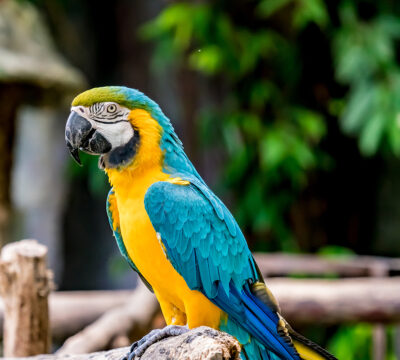The Impact of Climate Change on Wildlife
Climate change is one of the most significant threats facing wildlife today. Rising temperatures, shifting weather patterns, and changing ecosystems are putting immense pressure on animal populations around the world. As habitats are altered, many species struggle to adapt to the new conditions, leading to shifts in population dynamics and even extinction in some cases.
One of the most visible impacts of climate change is the melting of polar ice caps, which threatens species like polar bears and seals. As ice continues to disappear, these animals lose critical hunting and breeding grounds, forcing them to travel further in search of food. In some cases, this leads to starvation and population declines.
In more temperate regions, changing weather patterns are disrupting migration routes and breeding seasons for many species. Birds, for example, may arrive at their breeding grounds too early or too late, missing the peak availability of food. This can result in reduced reproductive success and declining populations.
Marine life is also deeply affected by climate change. Warmer ocean temperatures are causing coral reefs to bleach and die, depriving countless species of their habitats. Fish populations are shifting to cooler waters, disrupting local ecosystems and the communities that depend on them for food.
While some species may be able to adapt to the changing climate, many others face an uncertain future. Conservation efforts must now take into account the rapidly changing environment, focusing on habitat restoration, protecting climate refugia, and promoting the resilience of ecosystems.
